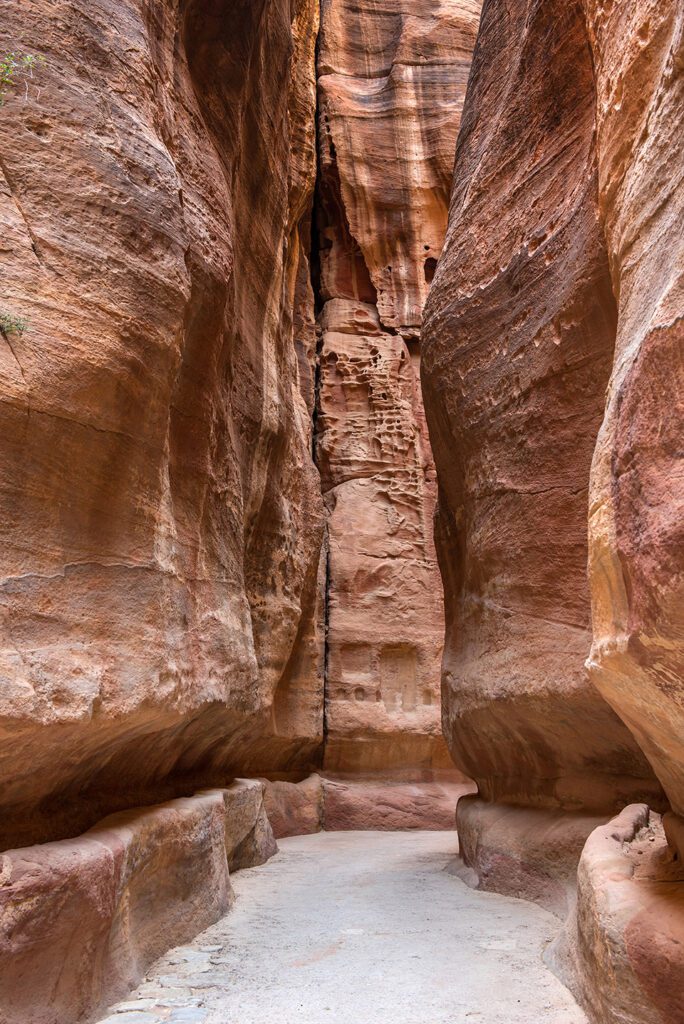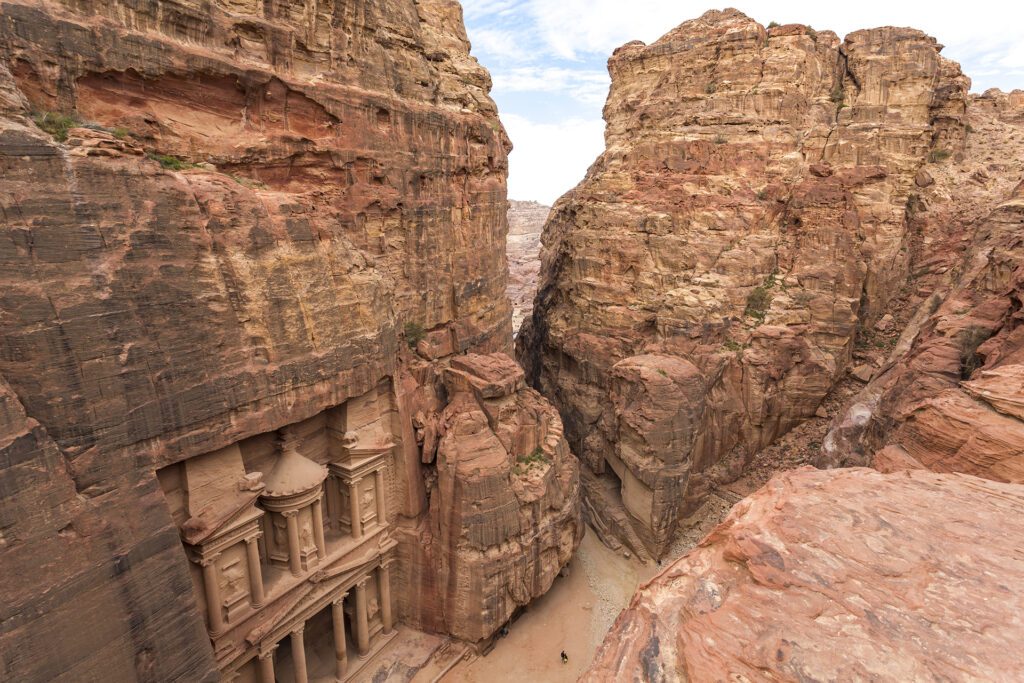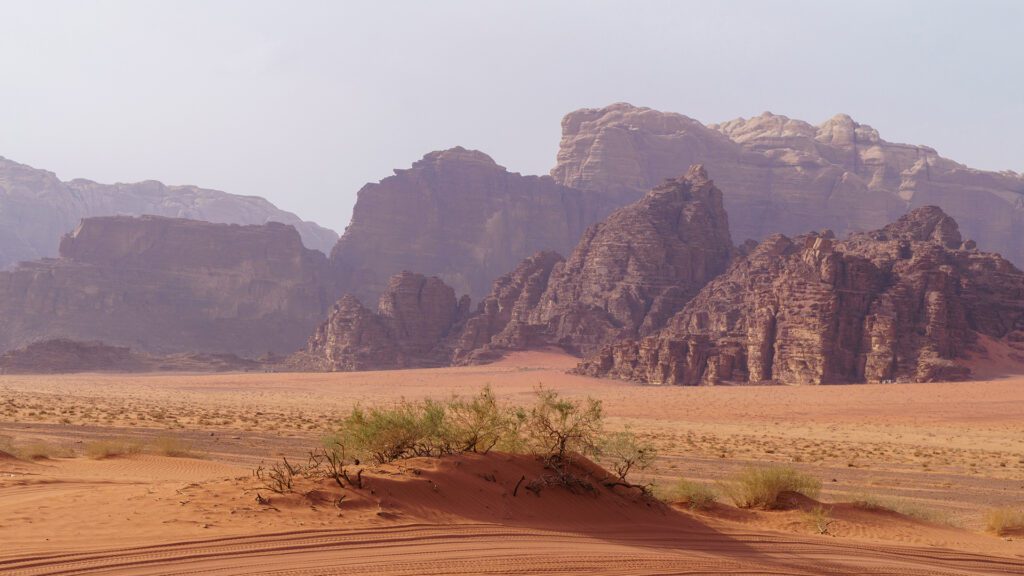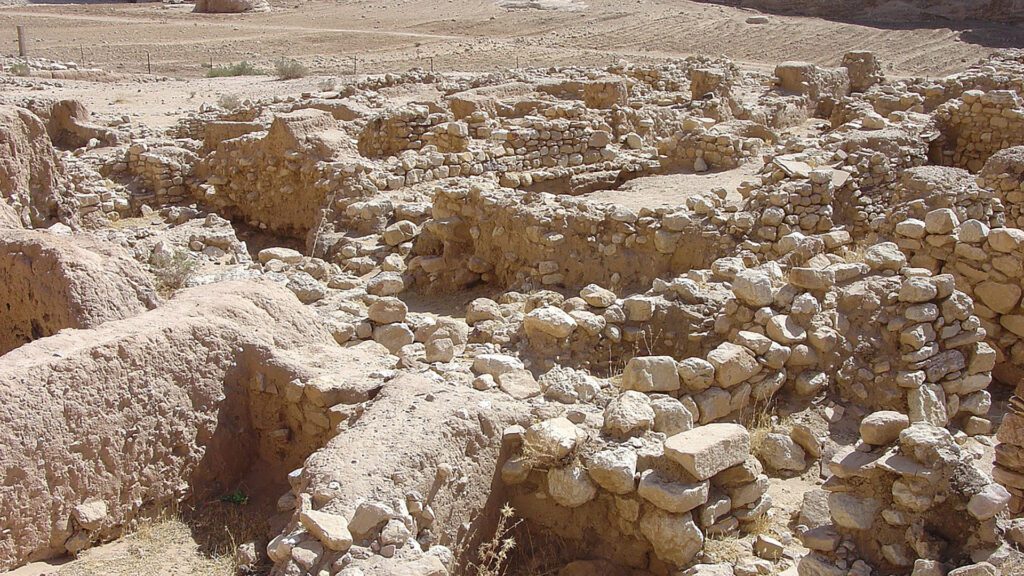Established in 312 BCE, the city of Petra has long cast a spell over travelers. The distinctive rock-cut red structure was built in the Byzantine era and is considered one of the oldest cities in the world. Now a UNESCO World Heritage Site, Petra’s history as the Lost City is no more.
The area around Petra was inhabited from as early as 7,000 BCE, the ancient Arab Nabataeans are thought to have settled in the kingdom’s capital in the fourth century. This nomadic Arab group helped to establish the area as a major trading hub and is famed for its rainwater harvesting and rock-carving capabilities.
Visit this fascinating Middle Eastern destination on Far Horizons’ Tour Jordan and Stunning Petra. This 14-day adventure includes three full days exploring Petra and its surrounding environs. Led by Professor Gary O. Rollefson, this trip is an accessible but highly educational introduction to this marvel of the Ancient World.
For inquisitive travelers considering a Petran adventure, please get in touch with any questions about visiting the region. But, for now, join us for a deep dive into the wonders of Petra and what you can look forward to experiencing in this fascinating place.
Begin at Beidha in Your Journey to Petra, Jordan
Far Horizons’ tour to Petra and its environs begins in Beidha, literally ‘the white one’. This small village was inhabited between 7,000-6,500 BCE and is located 3 kilometers (1.9 miles) north of Petra, and is included in Petra’s UNESCO World Heritage status.
First excavated in 1957 by Diana Kirkbride, the area was found to have three separate periods of occupation: the Natufian period in the 11th millennium BCE; a Pre-Pottery Neolithic B village dated to the seventh millennium BCE; and a Nabatean period dating to the 1st or 2nd centuries BCE.
The community constructed round houses of stone masonry and fortified the settlement with an encircling wall. The materials used in this construction included mother of pearl from the Red Sea and Anatolian obsidian, which were significant distances from the village.
Enjoy the Wonders of Siq al-Barid or Little Petra, Jordan
Little Petra or Siq al-Barid, meaning Cold Canyon, is located 8 kilometers north of Petra and is a picturesque location offering beautiful panoramas of the surrounding historical sites. Named for its location amidst high-walled canyons, the sunlight does not linger long in this area, so pack a warm layer for your visit.
This area is thought to have been a trading point and an agricultural center, where camel caravans visiting Petra could refill their supplies before continuing their journeys. This area comprises three open spaces connected by a 450-meter canyon.
As you walk through the high sandstone walls in the narrow gorge, you’ll note that this purposeful design helped to keep the multiple structures cool. After walking through a miniature siq (or shaft), a splendid collection of tombs, temples, houses, and staircases await you.

UNESCO World Heritage site of Petra
An important crossroads between Arabia, Egypt, and the eastern Mediterranean, Petra is renowned for its iconic rock-cut façades, as well as its dramatic tomb and temple architecture. This city prospered throughout history due to the trade routes that passed through the region.
Archaeologists and historians have lauded the elaborate rock-cut water conduit system, the remains of which can be seen today. These tunnels and diversion dams controlled and conserved seasonal rains for the population of the town.
Our first view of the Rose City is the dazzling Al-Khazneh Farun, or the Treasury, which is carved out of the sandstone rock face facing the city entrance. The Hellenistic style is believed to have been influenced by the ancient city of Alexandria.
This famous structure is thought to have been the mausoleum of the Nabataean king, Aretas IV. Visitors can walk along the Street of the Facades to take in the tombs, theater, markets, and the Petra Church — complete with glorious mosaics.
The monumental Great Temple is dated to have been completed in the first century BCE under king Aretas IV. The structure is thought to be dedicated to the main Nabataean deity Dushara and his consort, goddess Al-‘Uzzá, but there is evidence of busts thought to be Apollo or Ares, Aphrodite or Amazon, and Tyche or Fortuna.

Visit Wadi Rum, or Valley of the Moon, on Your Journey to Petra
Though not in Petra, many travelers also combine their visit with an excursion to Wadi Rum, located 90 minutes south. This UNESCO World Heritage Site is famed for its desert views and otherworldly landscape, as well as rock inscriptions, petroglyphs, and ruins.
Depending on your interests, this area can be explored via hiking, rock climbing, camel rides, and other guided tours. Far Horizons’ guide, Professor Rollefson will relay the meanings of these ancient rock carvings, additionally showing visitors a Nabatean temple and the Bronze Age shrines discovered on our Tour of Petra and Jordan.

This brings our virtual tour of interesting facts about Petra to a close, but if you’re ready to feed your wanderlust on a trip to Petra, Jordan, get in touch. Our 14-day tour of Jordan and Stunning Petra is designed, like all our tours, for an intimate group to be fully immersed in the social and cultural history of all destinations.
Our professional experts have been providing upscale, educational tours since 1982. Founded by a Mayan archeologist, Far Horizons has grown over 40 years to offer archeological tours worldwide. Whether you’re keen to travel to the Middle East or somewhere closer to home, we have plenty of tours for the curious traveler.



